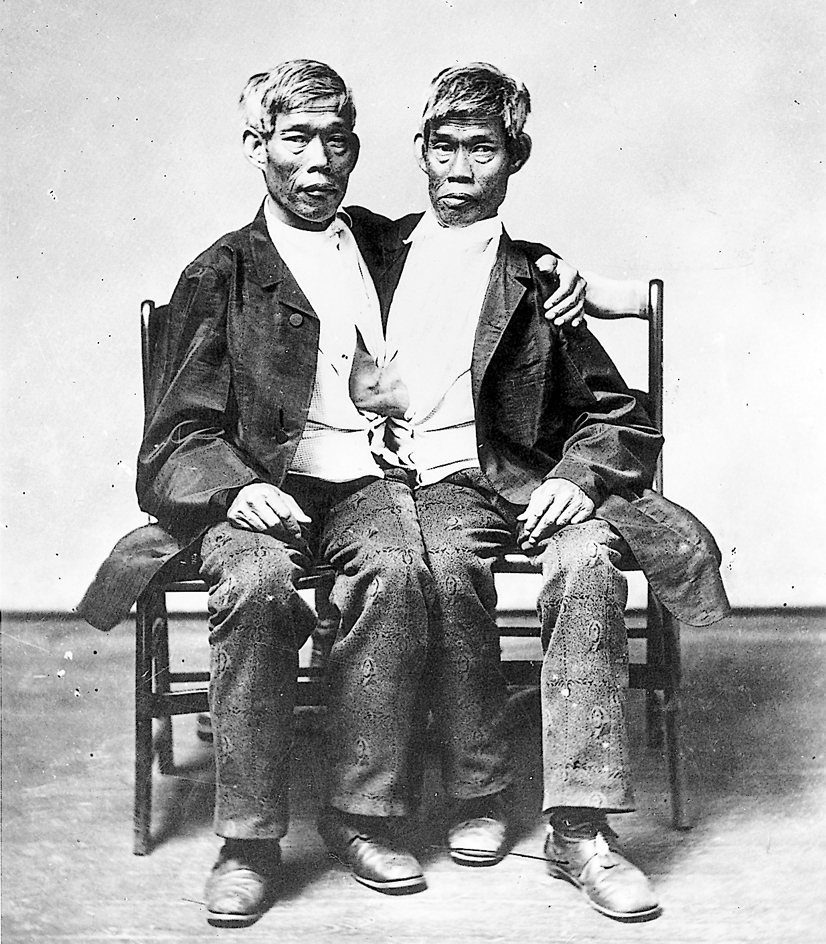Conjoined twins are twins connected to one another at some point of their bodies. The most common connections occur at the hip, chest, abdomen, buttocks, or head. Some such twins also share an internal organ, such as a heart or a liver. Conjoined twins are identical—that is, they are the same sex and have exactly the same genes (hereditary instructions in cells).
Scientists believe that conjoined twins develop from a single fertilized egg that fails to separate completely as it divides. If the growing cell masses separate fully, individual identical twins form. Doctors do not know why incomplete separation sometimes occurs.
Doctors can determine if a pregnant woman is carrying conjoined twins by means of X rays, ultrasound (high frequency sound waves), or other methods of diagnosis. Physicians deliver most conjoined twins by means of an operation called a cesarean section. In this procedure, the doctor removes the infants through an incision in the mother’s abdomen and uterus. A cesarean section reduces the chance of injury to the mother.
Surgery to separate conjoined twins can be complex. Each case must be individually evaluated by a team of medical specialists. In many cases, the surgery results in the death of one or both of the twins.
Conjoined twins came to be called Siamese twins during the 1800’s. That term originated with Eng and Chang, a set of conjoined twins from Siam (now Thailand). Eng and Chang appeared in traveling exhibitions and became internationally famous in the 1800’s. The term “Siamese twins” came to be regarded as offensive by many people during the 1900’s.
See also Multiple birth.

